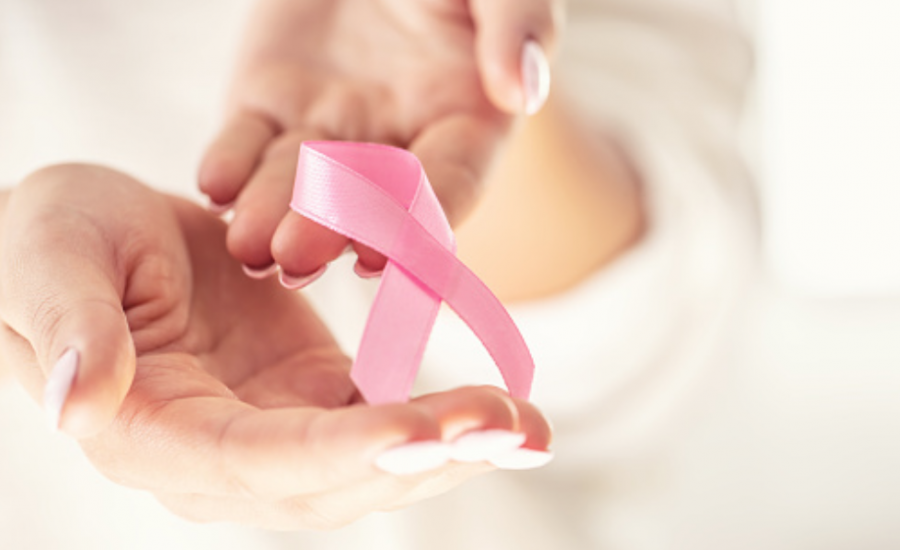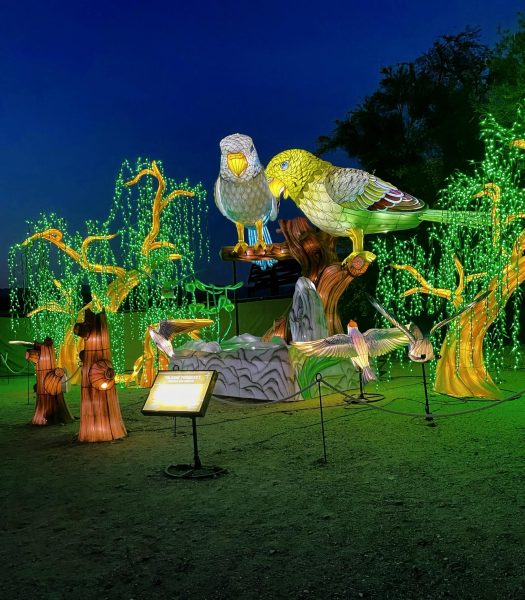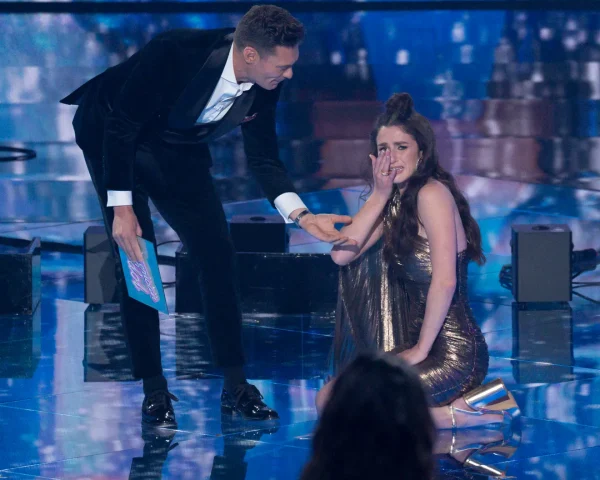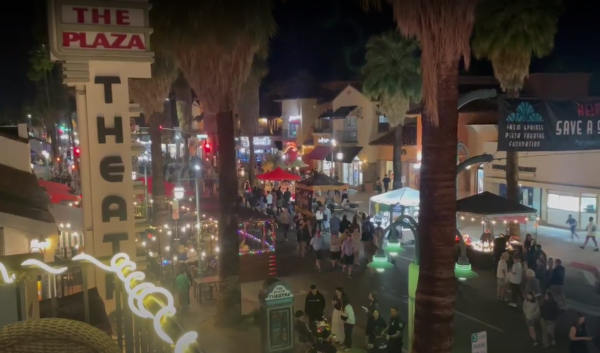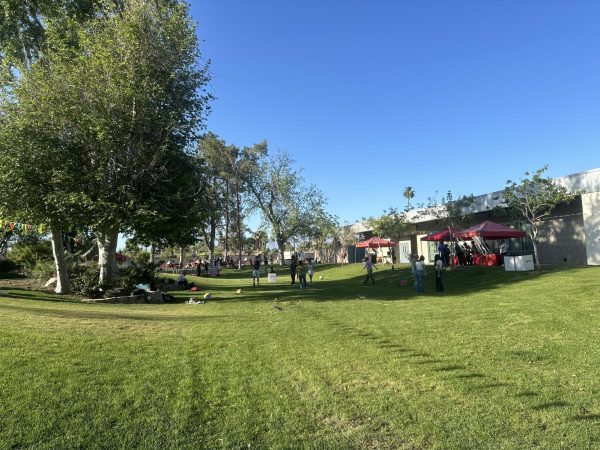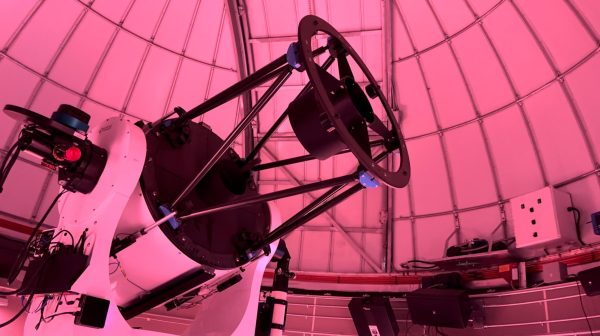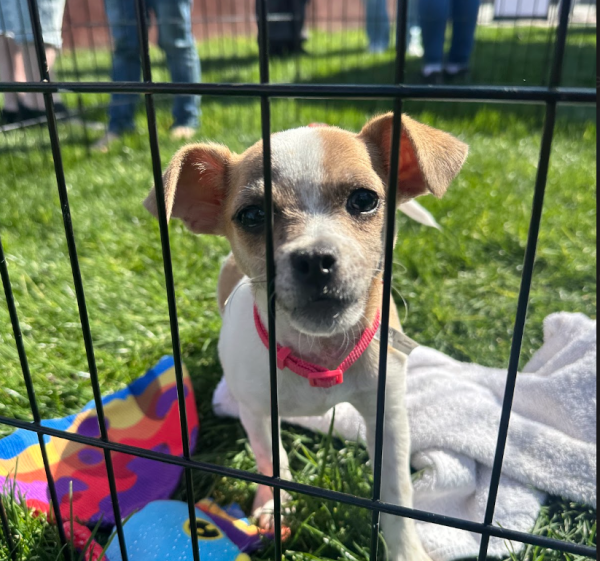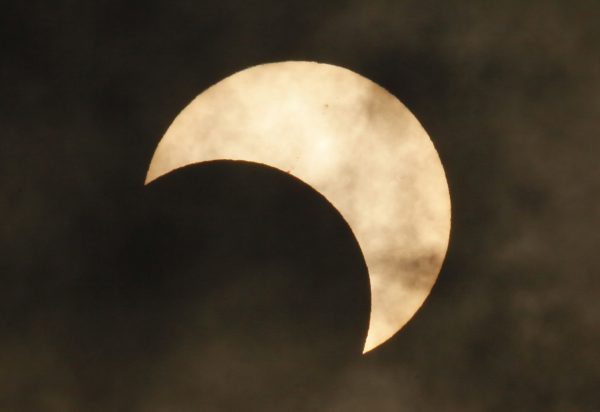A young woman shares her journey with breast cancer
Photo courtesy of Getty Images. The pink ribbon is the international symbol of breast cancer awareness.
It was a late Florida winter 2018 when the gynecologist did not find the small pea size tumor during Luz Deroseney’s breast exam. As she left the office, Deroseney, 28, remembers her doctor encouraging her to continue breast self-exams between annual visits. “I did not think it was necessary; besides, I had just had my exam. My husband, however, thought it was important, and he found the tumor later that same day.”
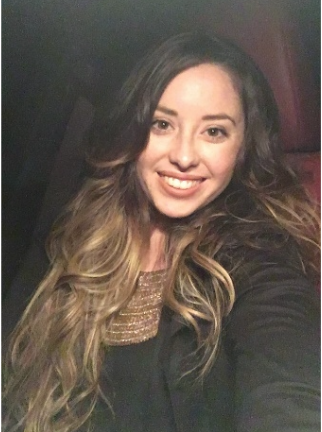
Deroseney is a former Coachella Valley resident and a daughter of a COD student. She and her husband had been married for 3 ½ years. Before finding the tumor, Deroseney’s doctor had suggested genetic testing due to a high incidence of cancer in her family. Luz learned she was BRCA2+.
According to cancer.gov, BRCA2+ is a hereditary mutation indicating a woman has a 69% lifetime risk of breast cancer before 80. This is also compounded with almost a 27% lifetime risk for ovarian cancer in women. Deroseney was the first person in her family to be identified. Determining whether the unusual breast mass was a problem required more inquiry. Deroseney said, “My doctor expressed it as it probably wasn’t anything to worry about but needed more tests.”
Deroseney’s doctor ordered a mammogram and ultrasound. Afterward, a biopsy was done to evaluate the cells. Stage 1 breast cancer was confirmed. “When I was first diagnosed, I would say I was probably in shock. I remember hearing the doctor tell me in the room, but then I completely went somewhere else. Maybe I depersonalized it to handle it for a moment. Trying to describe it is hard. I think I went into a mode of what do I need to do. I tried to get information to make good decisions after she told me.”
Recommendations were discussed, pairing all gathered information with many conversations. Her final decision was made for a risk-reducing surgery. She opted for a bilateral mastectomy without reconstruction.
Chemotherapy happened next, “It was the toughest part. When you live your whole life healthy, you think you have control, and then something like this happens; it is an adjustment.”
Deroseney found support throughout treatment. Her husband worked remotely so he could be with her during chemotherapy. Each session lasted many hours and was repeated every three weeks over five months. Her mom moved in for seven months to help in other ways.
“Many prayed for me, and I had a great medical team at the Cleveland Clinic,” Deroseney said. At the clinic, she participated in a variety of supports for those getting ongoing care. On days she felt better, there were activities like art therapy or one-on-one appointments for facials, meeting with a nutritionist and she was provided a beautiful wig of her choice.
In the large infusion room where individuals receive chemotherapy, there is a practice of ringing a bell to announce you have taken your final treatment. It is a good sound. Surrounded by nurses and family, Deroseney rang her bell in August 2019.
The American Cancer Society ACS estimates 1,806,950 newly diagnosed breast cancer cases this year. Nationally daily deaths are expected to be 1,660 persons. According to the ACS, women should be familiar with how their breasts usually look and feel and report any changes to a health care provider right away.
Deroseney said, “This disease doesn’t care about age. Being young cannot protect you, but your being vigilant and educating yourself can.”
October is Breast Cancer Awareness month. For more information, visit cancer.gov or cancer.org.

